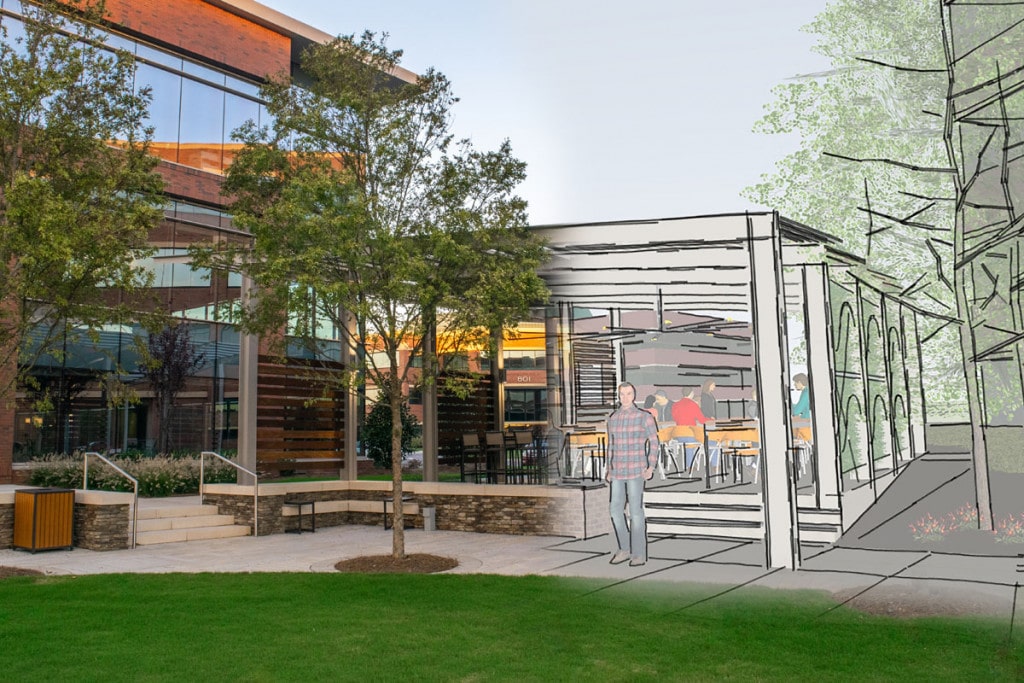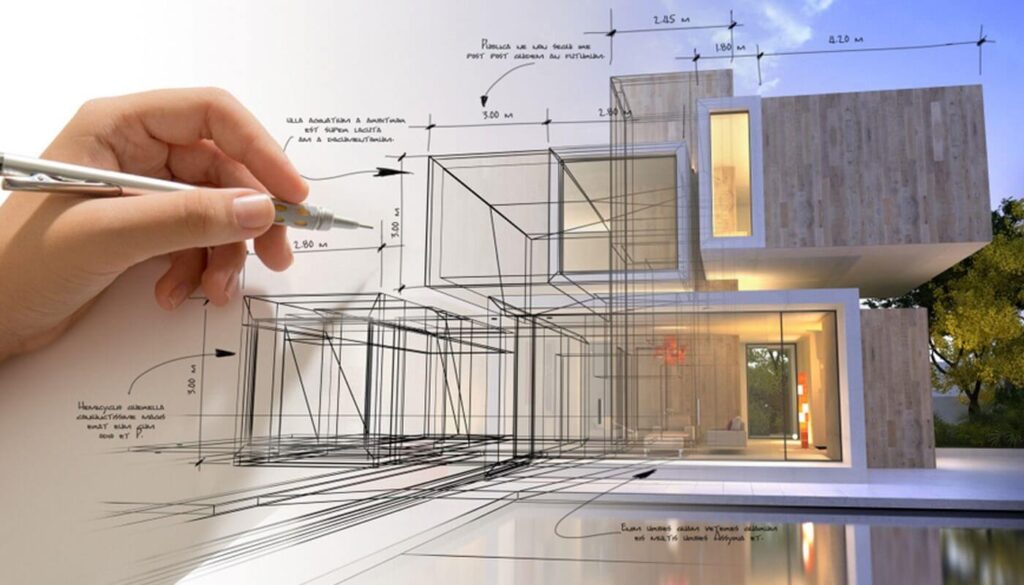The Important Function of an Engineer in Shaping Sustainable Urban Settings for Future Generations
The function of an architect in crafting sustainable city atmospheres is increasingly essential in reacting to the obstacles of environment change and urbanization. By seamlessly incorporating environmental concepts right into their layouts, engineers not only enhance the visual and functional quality of metropolitan rooms yet also address pushing concerns such as energy performance and social equity. Their proficiency in cutting-edge products and neighborhood engagement forms growths that resonate with neighborhood values and ambitions. As we discover the complexities of this area even more, it becomes noticeable that the future of urban living may hinge on the very practices designers employ today.
Understanding Lasting Urban Style
Lasting metropolitan style integrates ecological principles with urban planning to create environments that are not only livable but also resilient. This approach highlights the value of integrating all-natural systems into the urban textile, making sure that advancement satisfies the requirements of the present without compromising the capacity of future generations to satisfy their own demands. Key aspects of lasting urban design include effective land use, the promotion of biodiversity, and the combination of environment-friendly areas, all of which contribute to boosted lifestyle for homeowners.
Furthermore, lasting city layout focuses on the reduction of the metropolitan heat island effect, enhanced air top quality, and effective stormwater administration. It urges making use of eco-friendly sources and energy-efficient structure practices, which considerably reduced carbon impacts. Lasting city layout fosters social equity by producing easily accessible public areas and promoting mixed-use advancements that cater to diverse populaces.
Through thoughtful preparation and ingenious layout techniques, sustainable urban settings can boost neighborhood durability versus environment modification while fostering financial advancement. This holistic technique not just addresses immediate metropolitan challenges but additionally lays the groundwork for healthier, a lot more sustainable cities for generations ahead.
Secret Duties of Architects
Architects play a crucial role in shaping lasting city settings by equating style principles right into substantial frameworks and areas. Their duties encompass a vast array of tasks that add to the overall success of metropolitan style projects.
Most importantly, engineers carry out detailed site analyses to recognize the environmental, social, and cultural context of their tasks. This foundational knowledge informs their layout decisions, guaranteeing that buildings integrate with their surroundings. They additionally involve in collaborative procedures with stakeholders, including city organizers, designers, and the neighborhood, fostering a comprehensive method to urban advancement.
In addition, designers are entrusted with producing layouts that enhance power performance, resource preservation, and performance. They have to follow neighborhood zoning laws, building codes, and sustainability qualifications, making sure compliance while pressing the borders of development.
In addition, designers are liable for managing the design procedure, coordinating with different specialists throughout the building stage to make certain that the vision is understood accurately (cda architects). Eventually, their duty is not solely regarding aesthetic appeals; it is about developing durable, flexible areas that improve the high quality of life for current and future generations, laying the foundation for lasting urban living
Ingenious Products and Techniques

Furthermore, innovations in modern technology have resulted in the advancement of high-performance materials, such as protected concrete types (ICFs) and solar glass, which add to power conservation and harness renewable resource. Methods such as passive solar style and green roofing systems further exhibit just how style can integrate with natural systems, lowering reliance on man-made cooling and heating.
Additionally, the integration of smart products, which adjust to ecological changes, uses appealing avenues for enhancing building efficiency. These products can react to temperature fluctuations or dampness degrees, optimizing convenience and sustainability.
Eventually, the calculated choice and application of cutting-edge products and methods empower engineers to produce city rooms that are not only practical and cosmetically pleasing however additionally resilient and environmentally responsible, making certain a lasting future for generations to come. cda architects.
Neighborhood Engagement and Collaboration
The success of innovative materials and methods in sustainable urban style is dramatically boosted by active community interaction and cooperation. Designers need to acknowledge that the built setting profoundly affects the lives of local homeowners, making it critical to entail them in the design process. Involving the community promotes a sense of ownership and liability, making sure that advancements not only satisfy aesthetic and useful requirements but additionally show the values and desires of those who populate them.

Successful neighborhood interaction additionally aids in focusing on social equity within urban development. By thinking about the voices of marginalized populaces, engineers can create spaces that are inclusive and equitable. This way, community interaction and partnership end up being essential to achieving really sustainable urban environments that serve the needs of current and future generations.
Future Trends in Sustainable Style
An arising emphasis on adaptive reuse and round economic situation concepts is readied to redefine the landscape of sustainable architecture. As cities grapple with increasing populace thickness and environmental challenges, architects are significantly visit this site transforming to methods that enhance existing structures instead of seeking new builds. This strategy not just protects cultural heritage but likewise considerably minimizes source usage and waste.
Additionally, improvements in modern technology are shaping future patterns in sustainable style. The combination of smart products and building systems allows for real-time power management, boosting effectiveness and decreasing carbon impacts. Advancements such as eco-friendly roofs, living wall surfaces, and energy-generating facades are coming to be conventional practices, better advertising environmental equilibrium visit the site within urban settings.
Furthermore, a change towards biophilic layout is acquiring grip, emphasizing the link in between nature and human wellness. By including natural environments, architects produce rooms that foster psychological wellness while promoting biodiversity.
Verdict
In conclusion, designers are crucial ahead of time lasting city atmospheres via their competence in layout, innovative materials, and area involvement. By prioritizing energy effectiveness and source conservation, these experts add to the production of resilient metropolitan areas that fulfill the needs of present and future generations. The combination of environmental this page concepts not just enhances livability yet likewise promotes social equity, ensuring developments resonate with the values and desires of the areas they offer.